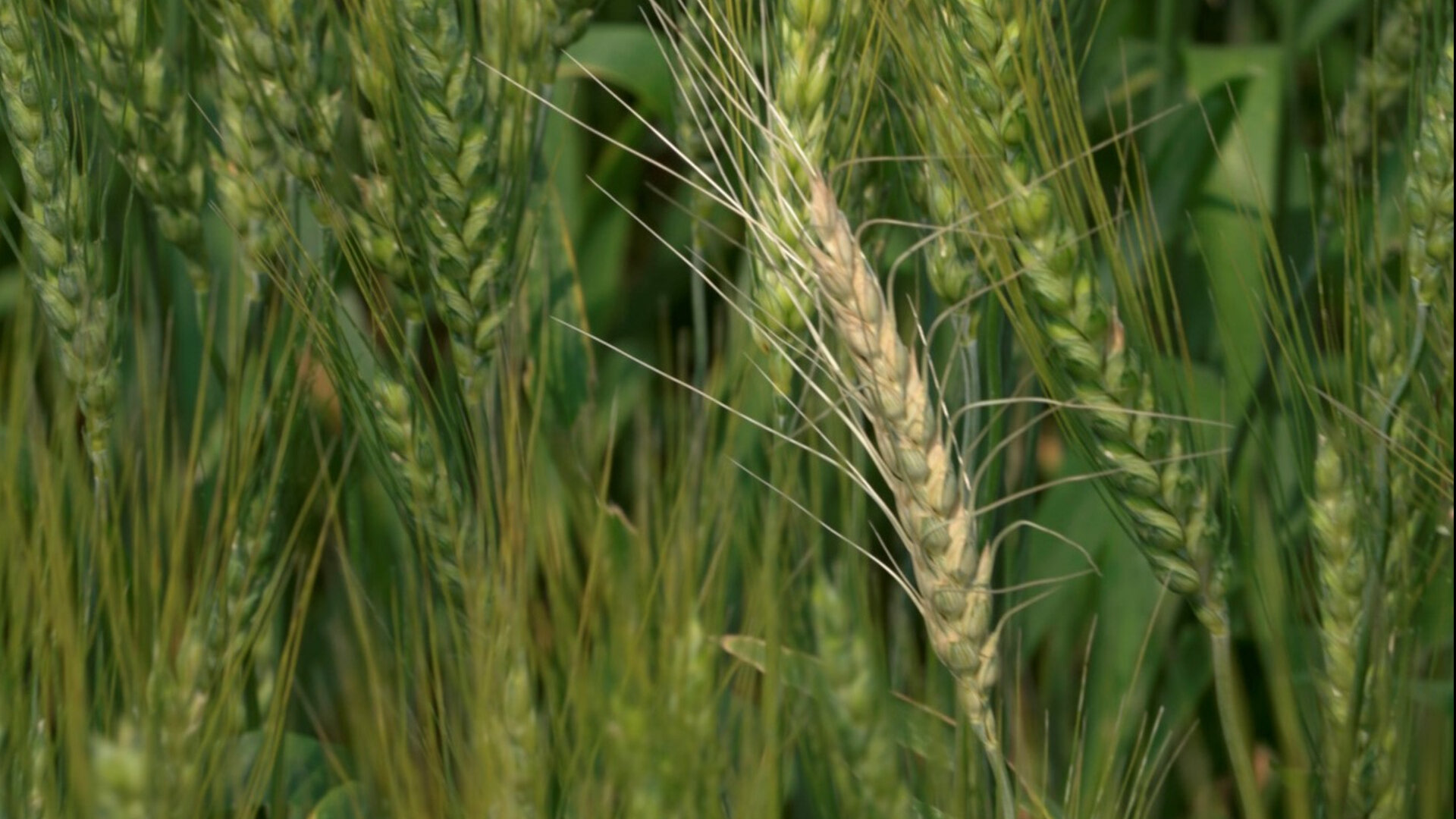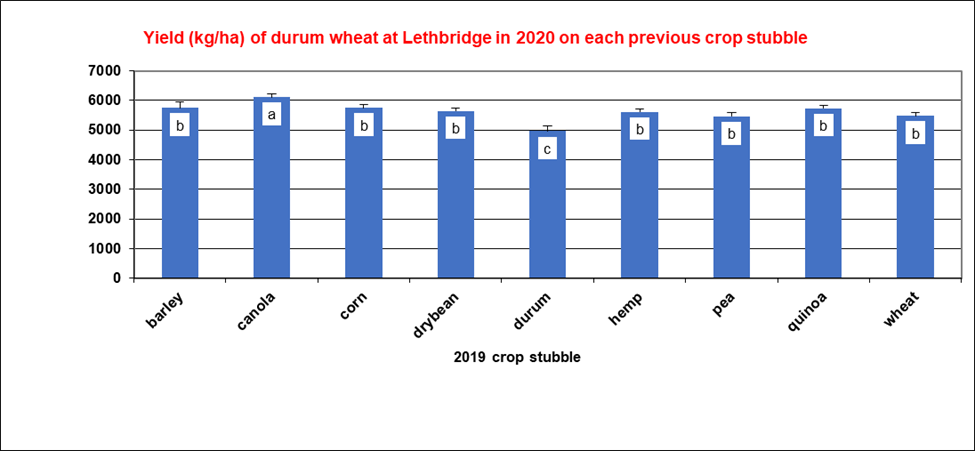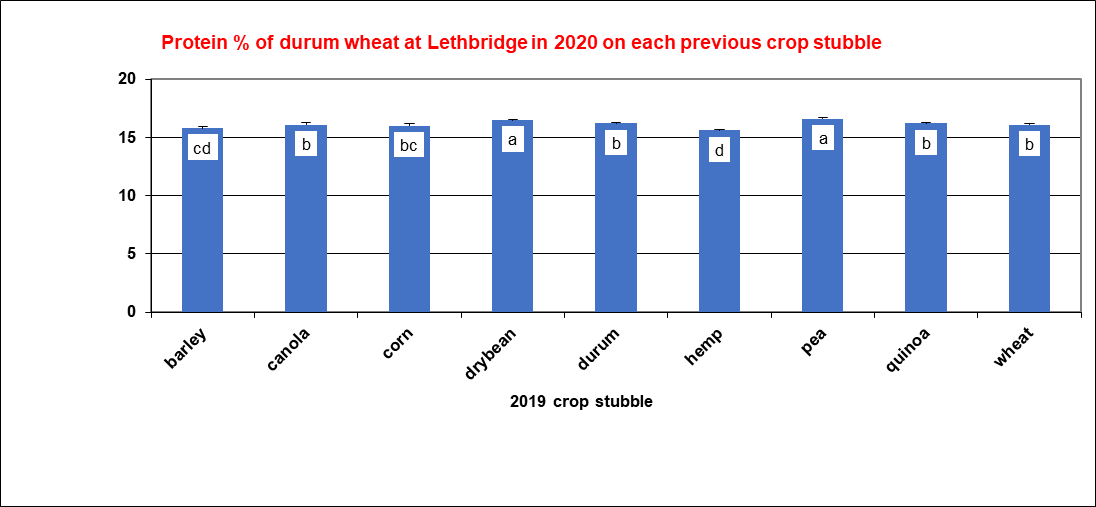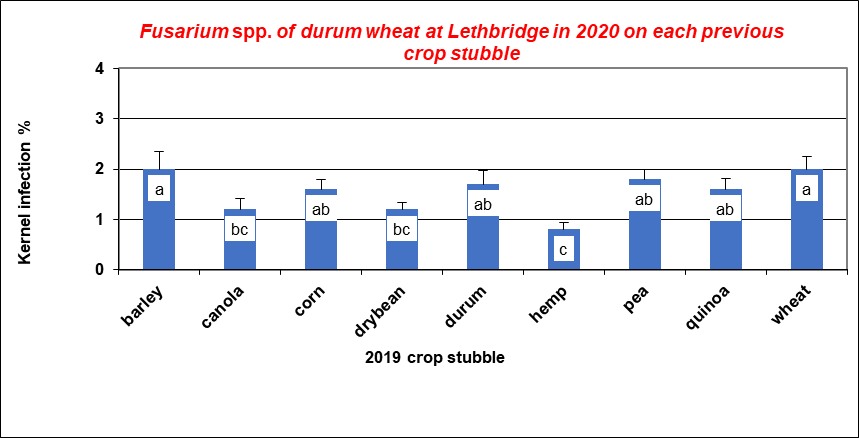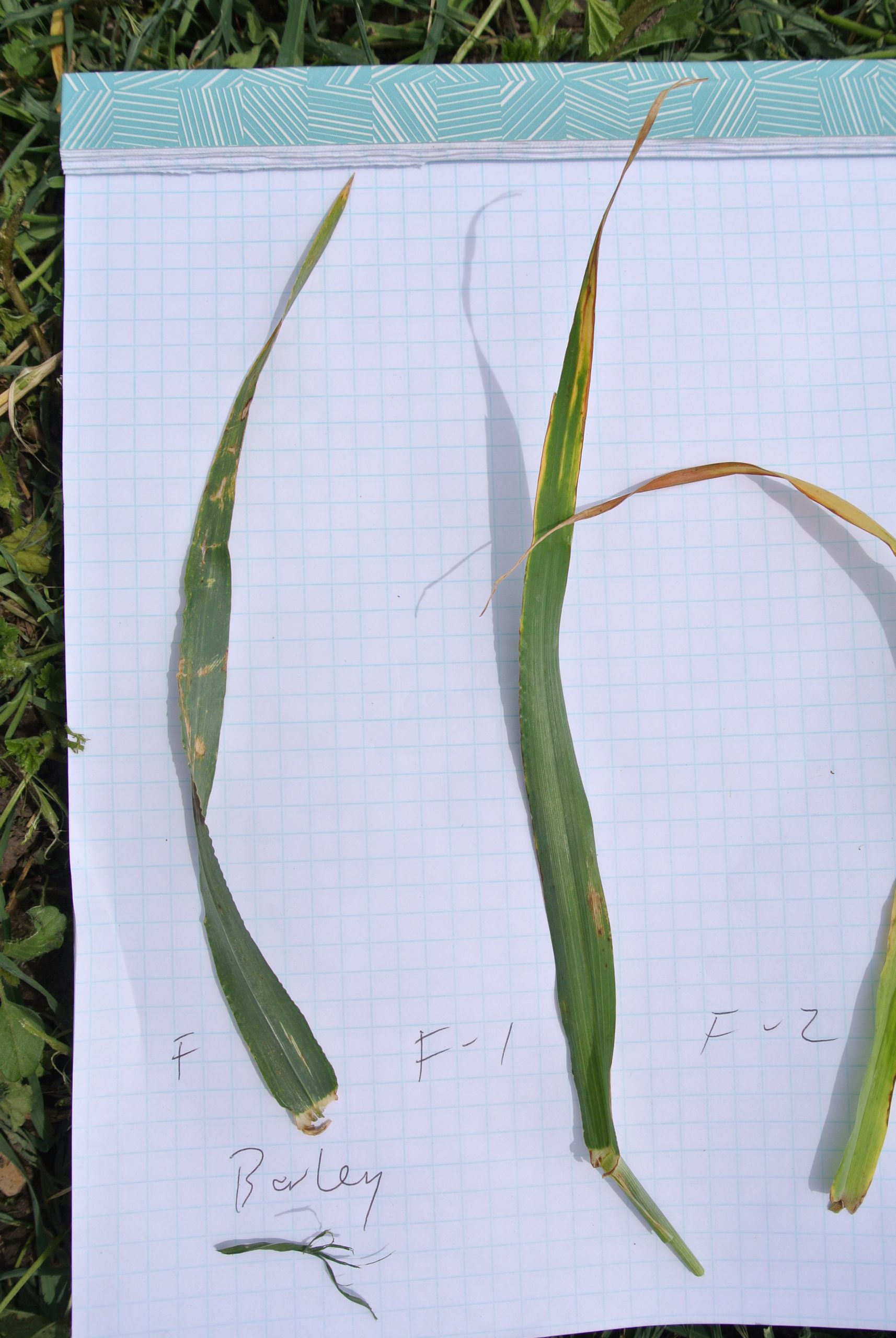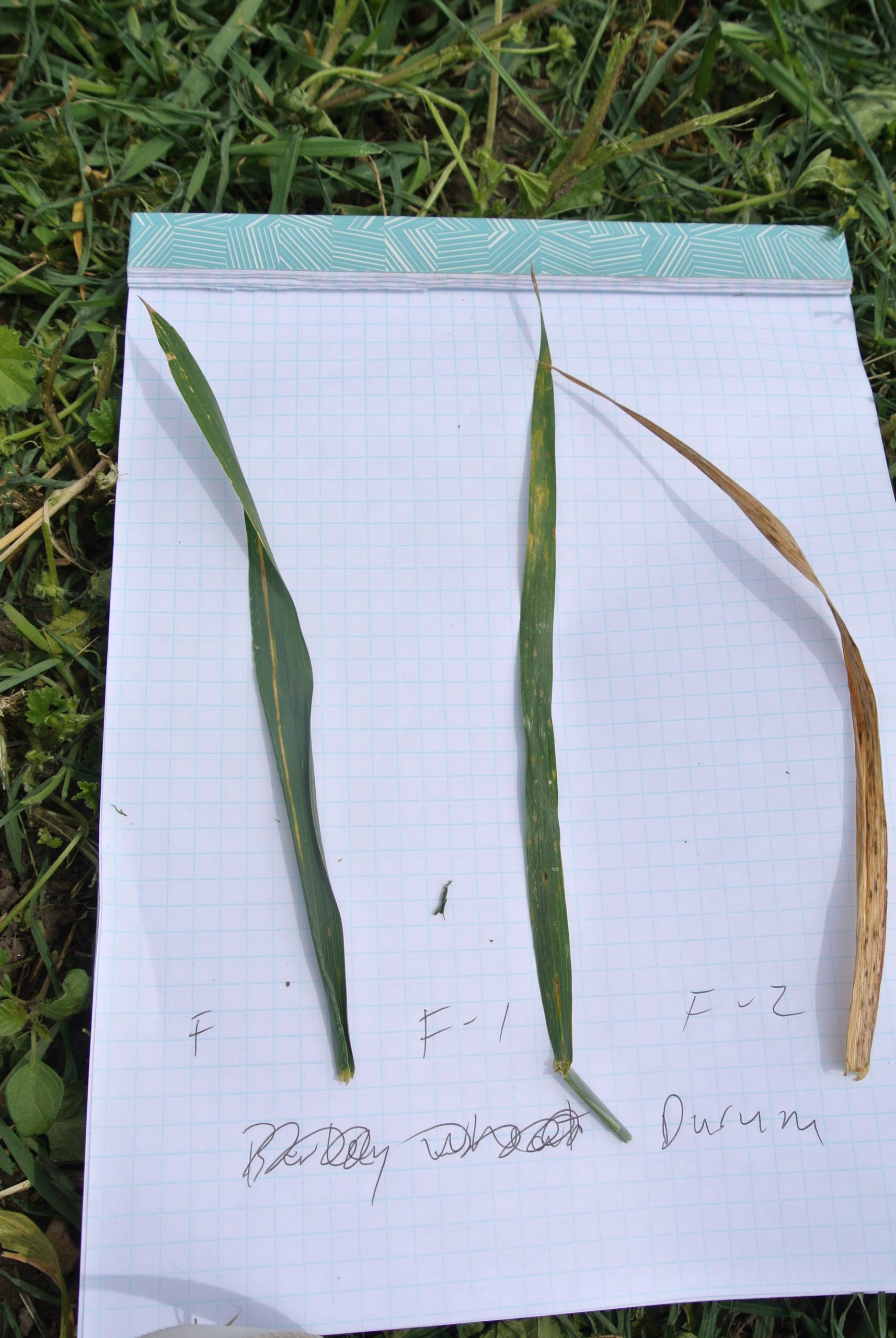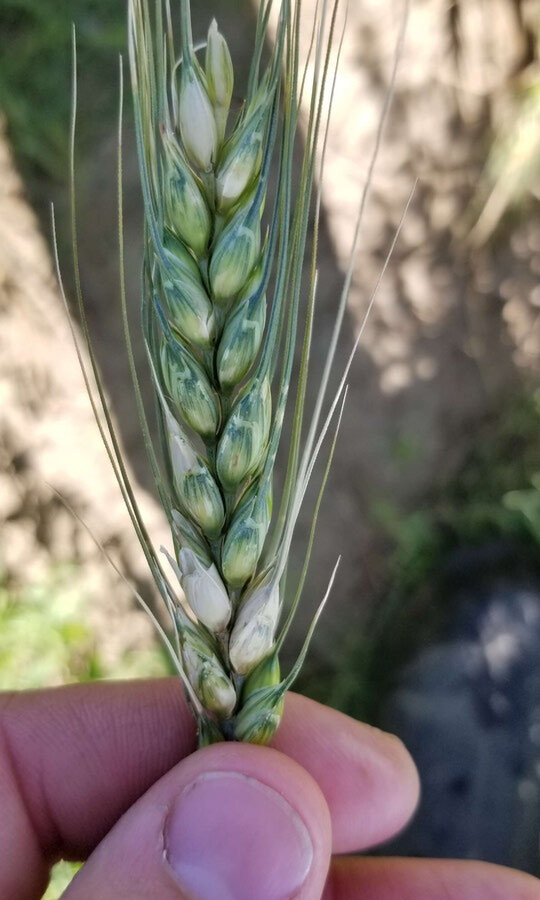BackgroundFusarium Head Blight (FHB) has become a major limitation to cereal crop production across much of the prairies in recent years, particularly for bread and durum wheat growers. The disease is also impacting barley growers. Managing this disease with fungicides and resistant cultivars is not sufficient. A third important strategy of FHB management is the selection and inclusion of non-host crops in the rotation. In this study, our objective is to determine the impact of preceding crop choices on FHB of wheat (spring and durum) and barley, at select locations across western Canada. Crop choices will include common cultivated crops (cereals, pulses and oilseeds), as well as corn, which is increasingly popular in western Canada, particularly in Manitoba at present, and is expected to increase rapidly in Saskatchewan and Alberta over the next decade. The study will document the FHB severity and Fusarium spp., yield and quality (amount of fusarium damaged kernels, toxin content, TKW, TW, protein content and other important grading factors depending on the crop) of the affected cereal crops in each crop sequence. From this information, cereal growers will have information on which to base crop sequence decisions that minimize FHB in cereals in western Canada. |
|
||||||||||
Project Objectives
|
||
MethodsThis study consists of field experiments at six sites in western Canada established as matrices of crop x crop stubble to evaluate six to nine crops, depending on land and labour availability at each site using a protocol similar to that of Krupinsky et al. (2006). A core set of five crop species are common to all sites: wheat (either bread or durum), barley, canola, pea and corn; additional crops were added at the discretion of each collaborator (Table 1). For example, at Saskatoon, the matrix includes nine crops, lentil, canary seed, oat and flax in addition to the core set of five crops (durum wheat, barley, canola, field pea and corn). All sites were managed under a no-till cropping system. Cultivars of the crops grown are relevant to the region of each site. Soil testing was conducted late each fall or early spring to be sure enough fertilizer (NPKS and micronutrients if required) was added at rates recommended for each crop by the soil test lab. Weeds were managed by application of appropriate herbicides for each crop in western Canada. All sites have weather monitoring equipment and or Environment Canada weather stations on-site or close by. Weather data (precipitation, relative humidity, and temperature) were collected and correlation explored with FHB measurements (FHB index, FDK in the harvest sample and DON concentration in the harvested grain). |
||||||||||||||||||||
The experiments at each site were designed as a split-block, also known as a strip plot design (Little and Hills 1978). In Year 1, the crops were seeded in strip of 10 M wide and up to 44 M long (for the 9 crop site), with 2 M alleyways between crop strips (plots) and 10 M alleyways between replicates (actual size of the individual plots and the experiment will depend on land and equipment availability at each site). This test requires a significant amount of land, one experiment with nine crops requires approximately 2.2 ha (~5.5 acres), six crop sites requires approximately 1.2 ha (3 acres) for each experiment. The same crops were seeded perpendicular into the stubble of each previous crop to establish up to a 6 x 6 (or 9 x 9) matrix of 36 (or 81) treatments in each of three replicates. The plot size in Year 2 was approximately 2 X 10 M. In Year 2, data on FHB index, % FDK, toxin content and chemotype, and Fusarium species identification, as well as other leaf and root diseases, as detected, was collected from cereal crops (wheat, barley, canary seed). In Year 3, durum wheat was seeded at two sites (Lethbridge and Saskatoon), bread wheat at one site (Brandon) and barley at three sites (Melfort, Indian Head and Morden) over the entire area of all replicates to evaluate FHB in these crops as affected by the previous crop sequence. Data collection in cereals was focused prioritizing the core set of five crops and it included intensive assessment of FHB (FHB index, %FDK and toxin content), yield and grain quality (test weight, thousand kernel weight and protein) in the durum (or bread wheat) crop, depending on site. For the case of barley sites, FHB assessment using the FHB index scale is not possible. Measurements
|
ResultsYield was high overall at Lethbridge (mean of all treatments >5600 kg/ha) reflecting the benefit of irrigation (Figure 1). Yield of durum was highest on canola stubble, lowest on durum stubble, but did not differ among the other crop stubbles.
Protein content of durum was statistically the highest on dry bean and pea stubble and lowest on barley and hemp (Figure 2).
Despite irrigation, FHB development in durum was low at Lethbridge in 2020; FHB index and FDK in durum were non-significant among crop sequences. FHB has remained at low levels across all research sites in the western prairies for the duration of the study, likely due to widespread drought. The pathogenic species isolated from durum kernels: F. graminearum, F. poae, F. avenaceum, F. sporotrichioides, F. culmorum, Microdochium nivale, and Cochliobolus sativus. As a group, the total Fusarium spp. isolated from kernels tended to be greater from cereal crops (barley, corn, durum, and wheat), and somewhat surprisingly also from pea and quinoa, compared with canola, dry bean or hemp (Figure 3).
With regard to leaf spot diseases, diseases severity was evaluated on penultimate leaves as these leaves had the most symptoms. Disease severity of durum was highest on dry bean, hemp, and quinoa stubbles, and lowest on bread wheat stubble, which was unexpected (Figure 4).
Wheat, barley, and durum samples of the flag, flag - 1 (penultimate) and flag -2 leaves. Leaf diseases in the cereals included septoria leaf spot, tan spot, rust, and powdery mildew (Figure 5). |
||||||||||||||
RecommendationsFusarium head blight severity was low at Lethbridge in 2020; no significant effect of previous crop stubbles or sequences on FHB index or % FDK was detected. A number of Fusarium species were successfully isolated from infected kernels; the dominant species on durum wheat was F. poae, which varied among previous crop stubbles. It tended to be highest on cereal stubbles and pea. Leaf spot diseases varied among crop stubbles, but were actually lower in durum on durum or bread wheat stubbles, which was unexpected. Yield of durum was highest on canola, lowest on durum, and similar among other stubbles. Similar to yield, quality (TW and TKW) also tended to be higher on canola stubble and lower on durum stubble. A more in-depth examination of the data is required to understand what might be responsible for these results. The high frequency of F. poae on durum grown on pea stubble is interesting and suggests pea may harbor this species, thereby contributing to increased FHB in durum relative to other crop stubbles. Project Playlist
|
|||||
Articles
Our Fusarium Head Blight crop rotation project wrapped for the winter, and we've been looking at the data!
This is a convoluted FHB study to explain, but here we go. Led by Randy Kutcher, Plant Sciences Professor, USask College of Agriculture & Bioresources, the study aims to find optimum crop rotations for control of Fusarium Head Blight (FHB).
Farming Smarter joined Dr. Randy Kutcher, University of Saskatchewan Chair in Cereal and Flax Crop Pathology, to study fusarium head blight in rotations.
While the differences haven't been earth shattering, so far a three-year southern Alberta study looking at the effect of different treatments on wheat shows the combination of using a fungicide and timing of irrigation might have a slight benefit in reducing fusarium head blight (FHB).
Dr. Randy Kutcher, University of Saskatchewan, is a plant pathologist currently doing a large, multi-province crop rotation study to answer questions about how rotating crops can keep some diseases at bay.

